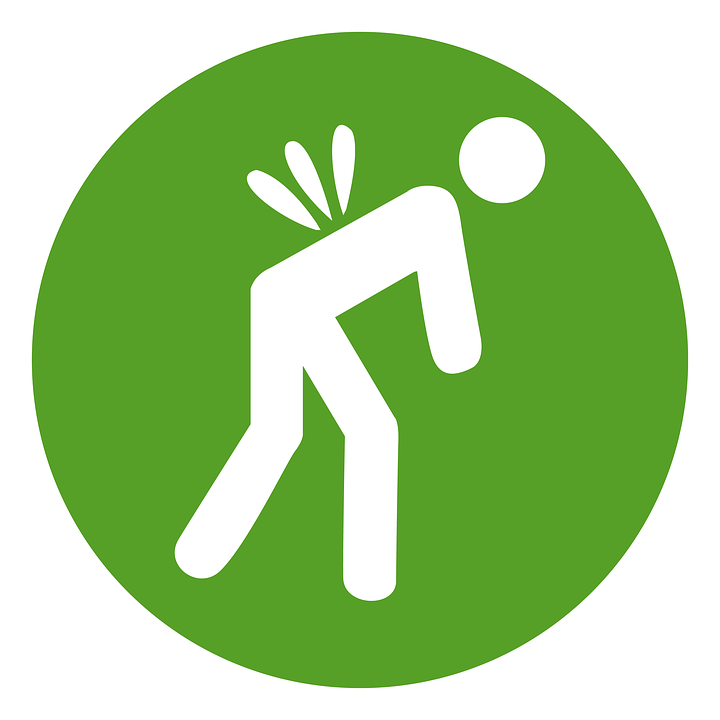Sciatica Relief in Texarkana
Millions of Americans suffer from what’s commonly known as sciatica type pain with low back pain that shoots down the legs.
Up to 5% of American adults suffer from sciatica every year!
Often people suffer for years with this painful condition without really ever getting better.
The pain can interfere with every part of your life from work to home, family, and hobbies.
This post talks about what it is and what you can do to finally get better.
What Is Sciatica?
The sciatic nerve is the largest nerve in the human body that is comprised of several nerve roots that come together once they leave the spine.
A very important fact is that sciatica describes symptoms, but does not identify the cause of those symptoms.
Sciatica is usually used to describe pain, tingling, numbness, or weakness that starts in the lower back or hip area and moves down the back of either leg.
The pain often starts in the buttocks, the back of the hip, or low back and shoots down into the leg.
Often the pain is worse with prolonged sitting and driving.
The causes of sciatica vary.
The treatment for sciatica varies depending upon the underlying problem that is causing the sciatica type symptoms.
It might be a compression of the sciatic nerve (or one of the nerve roots that form the sciatic nerve) or something very different that is causing similar symptoms.
The most common conditions associated with sciatica are:
- Mechanical problems in the SI Joint (sacroiliac joint) are very common causes of sciatica type pain, lower back pain, and ‘hip’ pain. These are among the most common causes of sciatica and very commonly missed problems by many health care practitioners.
- Piriformis muscle tightness (often called piriformis syndrome) is a cause of these types of symptoms. Piriformis syndrome is a condition in which the piriformis muscle, located in the buttock area at the back of the hip tightens or ‘spasms.’ The sciatic nerve runs through the belly of the piriformis muscle. When the muscle becomes too tight it can physically compress the sciatic nerve causing pain, numbness, and tingling down the back of the leg. Various problems can cause this muscle to tighten, so even this does not fully diagnose the problem.
- A lumbar disc herniation where the inside of a disc in the low back pushes out and physically compresses a nerve root. These disc herniations might also be called a ‘slipped’ disc, a bulging disc, or a disc protrusion among other things. An important thing to note is that this is not as common for a disc herniation to cause a ‘pinched‘ nerve than some of the other causes… even if there is a disc herniation on MRI. It’s often more complicated than this.
- Disc degeneration or ‘wear and tear‘ of the disc is often seen in people with sciatic type symptoms.
- Lumbar spinal stenosis is where the spinal canal in the lower back is narrowed which is often from ‘arthritis‘ and bone spurs.
- Emergency causes are much less common but include a spinal tumor or spinal infection which require immediate emergency care.
- If you have inability to control your bowel or bladder with increasing weakness or loss of sensation in the legs, you should seek immediate care.
Figuring out the cause of sciatica is important in knowing how to treat the problem.
Sciatica treatment varies depending on the specific diagnosis.
Diagnosis starts with a very good physical exam by a health care provider that understands musculoskeletal problems and sciatica.
The diagnosis doesn’t necessarily require imaging like an MRI because the cause might be readily apparent with the right diagnostic skills.
In other cases, imaging or other diagnostic tests are important.
Common conservative treatment is often through care with chiropractic treatment and physical therapy.
The right treatment will vary depending on the cause as mentioned above.
Often sciatica sufferers are given a treatment plan that involves manipulation or mobilization of the spine, given various types of therapy, and as they progress – rehabilitation beginning with stretching and active strengthening of the ‘core‘ and pelvic stabilizers to reduce chance of re-occurrence. In certain severe cases, pain management or surgery may be necessary.
If you have sciatica and have any questions or would like to schedule an appointment with Dr. Hagebusch contact our Texarkana Chiropractic Office for an appointment so that we can evaluate you in order to determine the best course of treatment to help you get better.
It’s very likely we can help, even if you’ve tried everything else.
 Protected by Patchstack
Protected by Patchstack
Leave a Reply